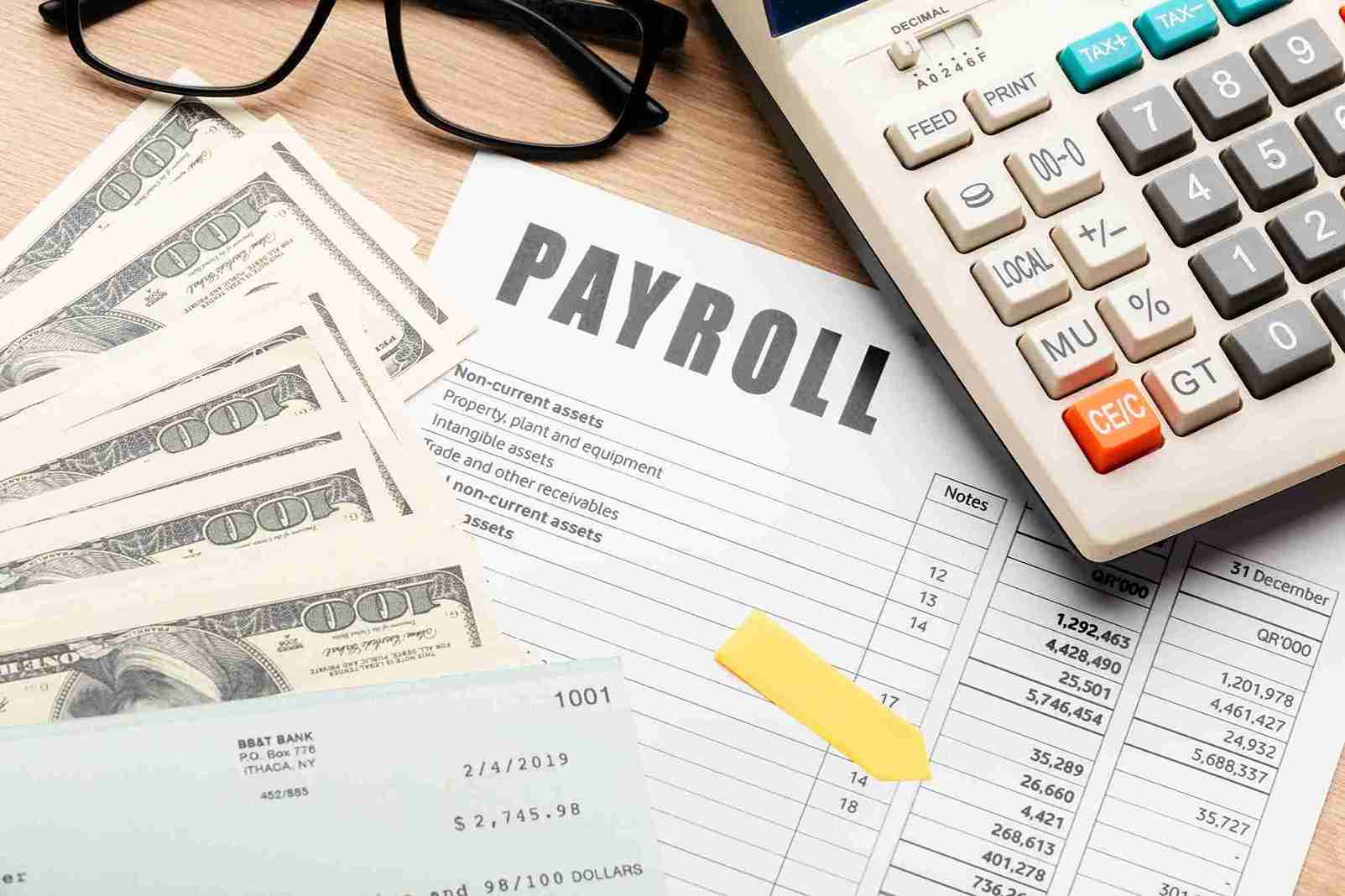 SHARE
SHARE
How to Calculate Labor Cost to Avoid Business Losses
Sovia
Running a business is not just about the products or services offered.
Behind the busy daily operations lies a critical financial strategy that must be managed carefully, labor cost management.
If left unchecked, labor costs can eat into your profits.
This article will help you understand what labor cost is, the different types, and how to calculate it accurately.
What Is Labor Cost?
In business operations, understanding cost structures is essential. One of the primary costs that must be closely monitored is labor cost.
So, what exactly is labor cost?
In general, labor cost refers to the total expenses a company incurs to hire and retain its workforce.
This includes more than just base salaries or monthly wages, it encompasses a variety of other components as well.
Labor cost covers all expenditures such as recruitment, employee benefits, training, payroll taxes, insurance, and welfare programs.
Each of these elements contributes directly to operational efficiency and overall profitability.
For example, when a job vacancy is posted, there are costs for advertising, selection processes, and onboarding.
Once the employee is hired, the company must allocate funds for salaries, health benefits, training programs, and mandatory taxes and insurance.
When added up, these expenses make up the total labor cost.
The more employees a business has and the more complex the compensation system, the higher the labor cost will be.
That’s why it’s important for business owners to set a limit or standard labor cost percentage based on total revenue.
Without clear benchmarks, recruitment decisions may become unmeasured, resulting in overstaffing and lower profits.
These benchmarks should be determined collaboratively with the finance, HR, and operations teams to ensure alignment with the business's needs and capacity.
With a collaborative approach, you can find the ideal balance between efficiency and productivity.
In the restaurant industry, labor cost holds a significant portion of operational expenses.
Salaries for kitchen and service staff, training costs, and shift scheduling all need to be managed carefully.
If not handled properly, a restaurant could face a situation where daily revenue is high but profits are low due to an excessive labor burden.
This is why staffing must align with daily or weekly sales volume.
Efficient labor cost management doesn’t mean drastically cutting staff. Instead, it’s about optimizing work schedules, offering cross-training, and ensuring every employee contributes productively in their role.
This way, you can maintain service quality without labor costs spiraling out of control.
Types of Labor Cost
Source: freepik.com
Understanding the types of labor cost is crucial for managing expenses effectively.
In general, there are two main categories: direct and indirect labor costs. Here’s the explanation:
1. Direct Labor Cost
Direct labor cost refers to wages paid to workers who are directly involved in the production process. These costs can be traced back to specific products or services.
For example, wages paid to factory workers who assemble products or service staff who directly assist customers.
These costs are categorized as direct because they are closely tied to the final output.
2. Indirect Labor Cost
Unlike direct labor, indirect labor cost refers to expenses related to employees who do not directly participate in production.
These costs cannot be attributed to a specific product or service.
Examples include administrative staff salaries, health benefits, employee training, and other welfare benefits.
Although not directly involved in production, these roles are essential for smooth operations.
Read more: The Benefits of Payback Period and Easy Ways to Calculate It
How to Calculate Labor Cost
Now that you understand the types of labor costs, it’s time to learn how to calculate them step by step:
1. Identify All Cost Components
Start by listing all expenses related to labor, base salaries, health benefits, insurance, and employee training costs. Don’t forget to include taxes and mandatory contributions.
2. Calculate the Total Labor Cost
Add up all the listed components to get the total labor cost. This includes wages, benefits, taxes, and other obligations.
3. Determine Labor Cost per Hour
Next, divide the total labor cost by the number of work hours during a certain period.
For example, an employee with an annual labor cost of IDR 60 million who works 2,000 hours per year will have a labor cost per hour of IDR 30,000.
(IDR 60,000,000 ÷ 2,000 hours = IDR 30,000/hour)
4. Calculate for Other Time Periods
You can also calculate costs on a weekly, monthly, or yearly basis. Simply multiply the hourly cost by the total number of working hours in the desired period. This gives a more flexible view of your labor expenses.
5. Use Labor Cost-to-Revenue Ratio
Another common method, especially in the restaurant industry, is using a percentage of revenue.
For example, a restaurant may set an ideal labor cost at 15% of total revenue.
Example Calculation:
With this, you can estimate the ideal number of employees based on your revenue targets and budget.
Read more: Understanding Cost of Goods Sold (COGS) & What is the Calculation Formula?
Conclusion
Understanding labor cost is key to making smarter business decisions.
By classifying expenses, calculating percentages, and leveraging digital tools, business owners can clearly identify areas for improvement.
It's not just about efficiency, it’s about building a strong financial foundation for long-term success.
Want your F&B business to operate more efficiently and be better managed? Use ESB’s solutions to digitize your operations.
From POS systems for daily transactions, ERP for inventory and financial management, online food ordering systems, to queue management solutions, all are integrated into one platform.
Grow your business the smart and modern way. Call the ESB Team and find the best solutions tailored to your F&B operations.
 SHARE
SHARE




